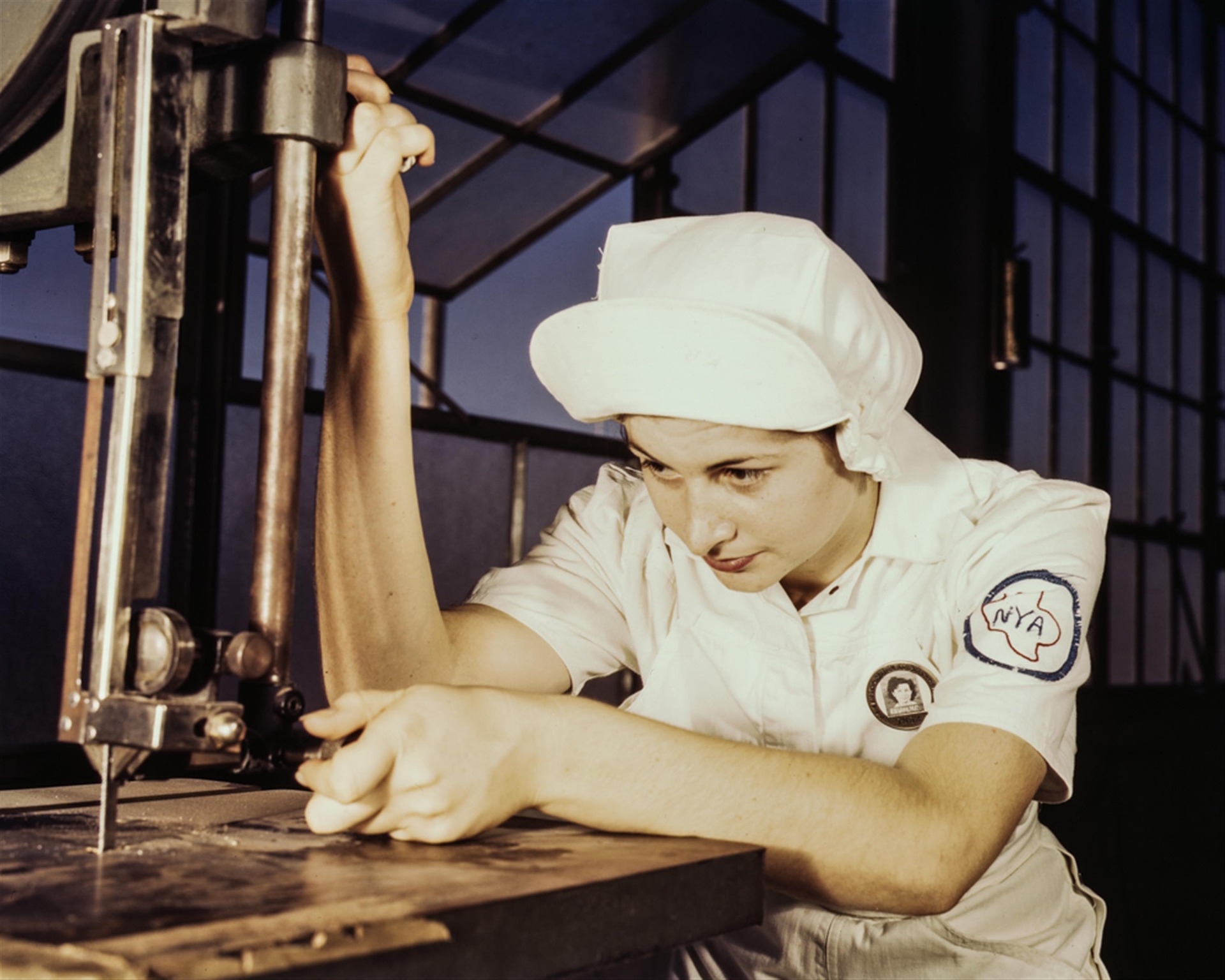
For some reason there are still an astonishing number of businesses that have not yet taken up 3D printing.
Oh certainly there are plenty of examples of industries using 3D printing in very innovative ways. Aerospace and automotive industries in particular have recently taken significant interest in 3D printing technologies and the advantages provided by them.
In fact, General Electric just purchased not one, but TWO different metal 3D printer manufacturers in an attempt to secure their ability to provide powerful 3D printers for their operations.
But that’s the news. It’s not actually what’s occurring everywhere in industry. Heavy use of 3D printing is the exception at this point.
But why is this so? Let me list some reasons.
It’s Not Applicable: Some manufacturers actually don’t need 3D printing technology. They have existing processes for a relatively static business that are perfectly suitable. If they are not actively prototyping new product iterations and don’t need to, then 3D printing is not for them.
Thought Not Applicable: Some in industry may “feel” that the technology is not applicable because of the reason above. They may believe they have a static operation that isn’t broken, so there’s no need to fix it. But in fact they may indeed be developing products on a smaller scale where 3D printing could be of great value.
Don’t Understand The Potential: In the case of aerospace, for example, it took years to realize that if parts were designed differently – designed specifically to leverage 3D printing capabilities – they could produce “impossible” parts. The mental leap to that state is substantial and takes time – and most likely infusion of new talent – to achieve.
Never Heard Of It: There are indeed small operations that have literally no knowledge of this advanced technology. These folks are so busy focused on their operation they don’t have time to get off the treadmill and see what else they could do.
Consumer Craze: The last few years of 3D printing have been dominated in the media with reports of how 3D printing was to be used for home, hobbyist or school use. This perception persists in some quarters and may cloud thinking about the technology.
Cost To Change: Some industry operations are perfectly aware of the technology, but their financial state does not allow them to easily switch into 3D printing technology. Why? Because it may require significant staff re-training, re-tooling, equipment acquisitions, supply chain changes or even physical construction to accommodate new technologies.
Old Age: This happens in all industries, but some that are led by folks nearing retirement age may simply decline to change because they fear job loss if something goes wrong. Again, don’t fix it if it isn’t broken. And for them, it’s critical to reach retirement if they are close, as for many there may be no other option.
And these are the reasons why the major 3D printer companies spend considerable effort to educate companies on the advantages of the technology. Some companies have even deferred building new machines and instead have focused on growing their market first, as the existing equipment is more than suitable to get customers going.

